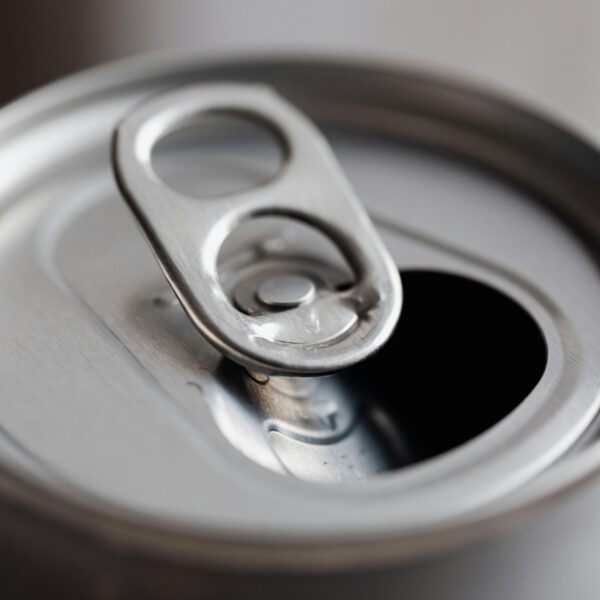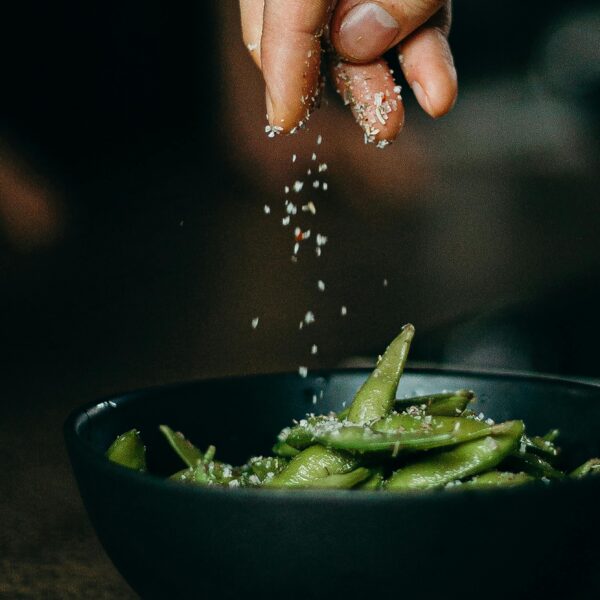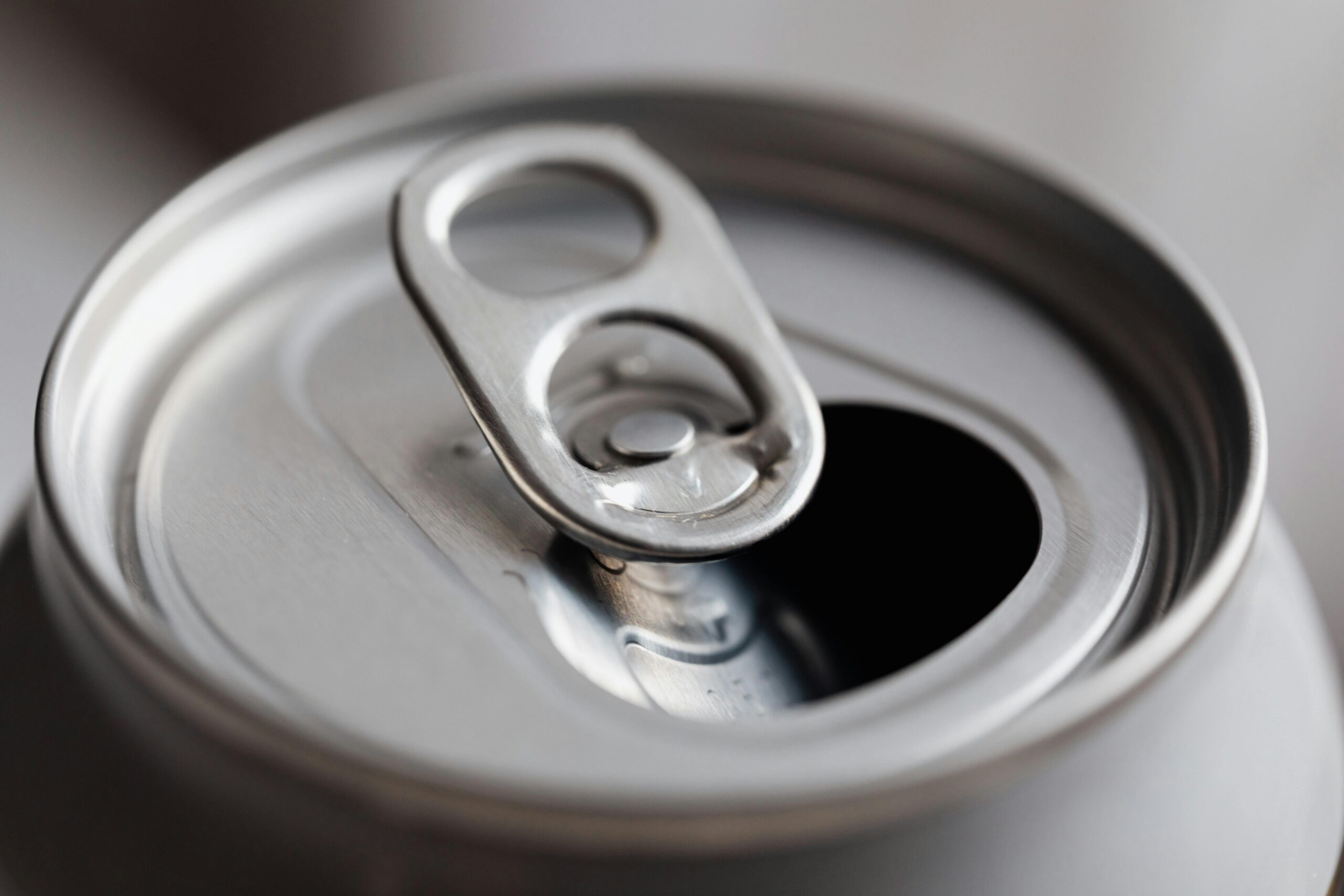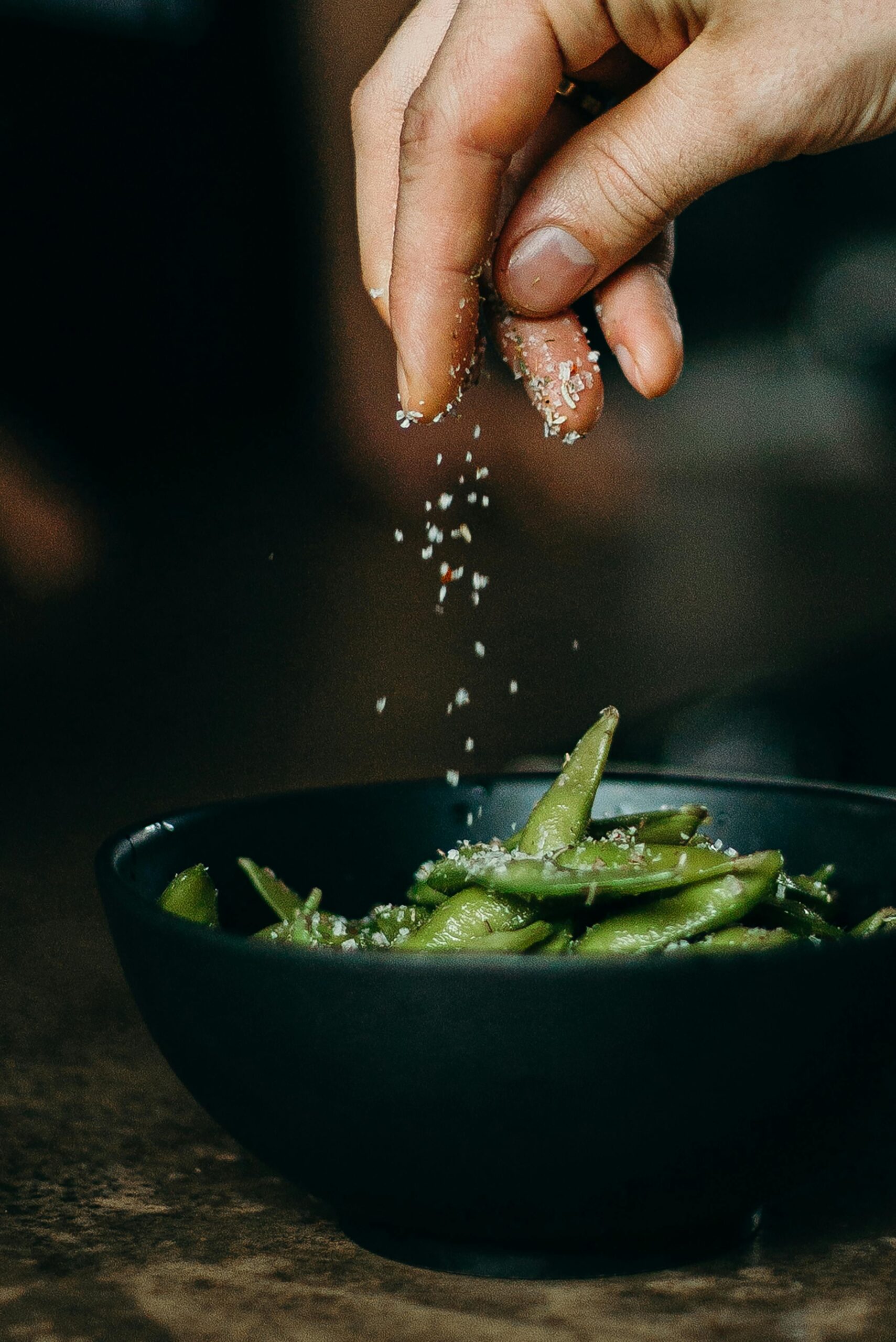Your cart is currently empty!
Report | Your Fat could Fight Cancer?
In a groundbreaking shift in cancer research, scientists are exploring the potential of increasing brown adipose tissue (BAT), commonly known as brown fat, as a novel strategy to combat cancer. Traditionally viewed as a mere energy reservoir, brown fat is now being recognized for its unique metabolic properties and its potential role in influencing cancer progression.
The Science Behind Brown Fat
Brown fat is distinct from white fat, which primarily stores energy. Instead, brown fat is specialized for thermogenesis, a process that generates heat by burning calories. This unique ability is attributed to the presence of uncoupling protein 1 (UCP1) in brown fat cells, which allows them to convert energy into heat rather than storing it. Recent studies have shown that individuals with higher levels of brown fat may have improved metabolic health, including better insulin sensitivity and reduced inflammation—factors that are crucial in cancer development.
A New Perspective on Cancer Treatment
Researchers are now investigating how enhancing brown fat activity could potentially inhibit tumor growth and improve patient outcomes. Preliminary studies suggest that brown fat may secrete beneficial factors that can influence the tumor microenvironment, making it less conducive to cancer progression. For instance, a study published in Cancer Research indicated that BAT-derived factors could inhibit the proliferation of certain cancer cells, hinting at a protective role against malignancies.
Dr. Emily Chen, a leading researcher in the field, explains, “The activation of brown fat could represent a dual benefit: not only does it help regulate metabolism, but it may also create an environment that is less favorable for tumors to thrive. This opens up exciting new avenues for cancer therapy.”
Lifestyle Changes to Boost Brown Fat
While the research is still in its early stages, there are practical steps individuals can take to potentially increase their brown fat levels. Cold exposure, such as taking cold showers or spending time in cooler environments, has been shown to activate brown fat. Additionally, certain dietary choices, such as consuming foods rich in omega-3 fatty acids and antioxidants, may also promote brown fat activity.
The Future of Cancer Research
As scientists continue to unravel the complexities of brown fat, the potential for developing therapies that harness its power is becoming increasingly tangible. Clinical trials are on the horizon, aiming to evaluate the efficacy of brown fat-targeting strategies in cancer patients.
Dr. Chen emphasizes the importance of this research: “If we can find ways to safely activate and increase brown fat in patients, we may not only improve their metabolic health but also provide a new weapon in the fight against cancer.”
The Relationship Between Brown Adipose Tissue and Cancer: A Detailed Report
Introduction
Brown adipose tissue (BAT), or brown fat, is a specialized type of fat tissue that plays a crucial role in thermogenesis and energy metabolism. Unlike white adipose tissue (WAT), which primarily stores energy, BAT is involved in burning calories to generate heat. Recent research has begun to explore the potential implications of BAT in cancer biology, particularly its effects on tumor growth, metabolism, and the overall cancer microenvironment. This report reviews the current understanding of the relationship between brown fat and cancer, highlighting key findings from recent studies.
Brown Adipose Tissue: Characteristics and Function
Brown adipose tissue is characterized by a high density of mitochondria and the presence of uncoupling protein 1 (UCP1), which enables the tissue to convert energy from food into heat. BAT is primarily found in newborns and hibernating mammals, but it has also been identified in adults, particularly in regions such as the neck and supraclavicular area (Cannon & Nedergaard, 2004). The activation of BAT is influenced by various factors, including cold exposure, diet, and certain hormones (e.g., norepinephrine).
Brown Fat and Cancer: Mechanisms of Interaction
- Metabolic Regulation:
- BAT plays a significant role in regulating systemic metabolism. Increased BAT activity has been associated with improved insulin sensitivity and reduced inflammation, both of which are critical factors in cancer development (Cohen et al., 2013). Obesity is a known risk factor for several types of cancer, and the activation of BAT may counteract some of the metabolic dysregulation associated with obesity.
- Tumor Microenvironment:
- The tumor microenvironment is a complex ecosystem that includes cancer cells, immune cells, and various stromal components. Recent studies have suggested that BAT may influence the tumor microenvironment by secreting adipokines and other factors that can affect tumor growth and progression. For example, a study by Wang et al. (2019) found that BAT-derived factors could inhibit the proliferation of certain cancer cells, suggesting a potential protective role.
- Thermogenesis and Cancer Treatment:
- The thermogenic properties of BAT have led researchers to explore its potential in enhancing cancer treatment. Some studies have suggested that activating BAT could improve the efficacy of chemotherapy and radiotherapy by increasing metabolic rates and enhancing drug delivery to tumors (Kelley et al., 2020). This area of research is still in its infancy, but it holds promise for developing novel therapeutic strategies.
- Epidemiological Evidence:
- Epidemiological studies have indicated a correlation between higher levels of BAT and a lower risk of certain cancers. For instance, a study by van der Lans et al. (2013) found that individuals with higher BAT activity had a reduced risk of developing obesity-related cancers. However, more research is needed to establish causation and understand the underlying mechanisms.
Challenges and Future Directions
While the relationship between brown fat and cancer is an exciting area of research, several challenges remain. The heterogeneity of BAT depots, the complexity of the tumor microenvironment, and the need for standardized methods to measure BAT activity complicate the interpretation of findings. Future studies should focus on:
- Longitudinal Studies: Investigating the long-term effects of BAT activation on cancer progression and patient outcomes.
- Mechanistic Studies: Elucidating the specific molecular pathways through which BAT influences tumor biology.
- Clinical Trials: Evaluating the efficacy of BAT-targeting therapies in cancer patients.
Conclusion
The emerging evidence suggests that brown adipose tissue may play a significant role in cancer biology, influencing tumor growth, metabolism, and the microenvironment. While the current understanding is still developing, the potential for leveraging BAT in cancer prevention and treatment is promising. Continued research in this area may lead to novel therapeutic strategies that harness the unique properties of brown fat.
References
Wang, Q., et al. (2019). Brown adipose tissue-derived factors inhibit
Cannon, B., & Nedergaard, J. (2004). Brown adipose tissue: function and physiological significance. Physiological Reviews, 84(1), 277-359.
Cohen, P., Spiegelman, B. M., & Zhang, C. Y. (2013). Role of brown adipose tissue in energy homeostasis and obesity. Nature, 493(7434), 357-363.
Kelley, D. E., et al. (2020). Brown adipose tissue and cancer: a new frontier in cancer therapy. Cancer Research, 80(12), 2581-2589.
van der Lans, A. A. J., et al. (2013). Cold acclimation recruits human brown fat and increases nonshivering thermogenesis. The Journal of Clinical Investigation, 123(8), 3395-3403.
TheHill.com Just In Unbiased Politics News
- Trump warns Hamas as ceasefire shaken by weekend attacksby Laura Kelly on October 20, 2025 at 4:41 PM
President Trump on Monday warned Hamas against further attacks against Israel’s military after the U.S.-brokered ceasefire in Gaza was disrupted over the weekend. “This is a very violent group of people, and they got very rambunctious, and they did things that they shouldn’t be doing. And if they keep doing it, then we’re going to…
- Trump takes shot at Australian ambassador in meeting with prime ministerby Brett Samuels on October 20, 2025 at 4:40 PM
President Trump on Monday took a swipe at the Australian ambassador to the United States while seated across the table from him after being asked about previous critical comments the ambassador had made. Ambassador Kevin Rudd was part of the delegation that joined Australian Prime Minister Anthony Albanese for a meeting with Trump at the…
- Trump’s Australia meeting; FBI investigates hunting standby Cate Martel on October 20, 2025 at 4:35 PM
12:30 Report is The Hill’s midday newsletter. Subscribe here. It’s Monday. Welcome back to another week of the federal government with the lights off. 😅 In today’s issue: • Major website, app outage • Australian leader visits White House • FBI probes hunting stand near Air Force One zone • Trump lays into ‘No Kings’…
- Democrats demand details on planned Energy Department layoffsby Alexander Bolton on October 20, 2025 at 4:34 PM
Senior Democratic members of the Senate and House Appropriations committees are demanding the Trump administration provide details on plans to fire scores of employees from the Department of Energy, warning that mass layoffs “will hurt communities across the country.” Sen. Patty Murray (D-Wash.), the vice chair of the Senate Appropriations panel, and Rep. Marcy Kaptur…
- Trump is right to tell Zelensky, ‘No Tomahawks for Ukraine yet’by Robby Soave, opinion contributor on October 20, 2025 at 4:30 PM
President Putin, the ball is now in your court.
Featured Articles
Search
Author Details














Leave a Reply